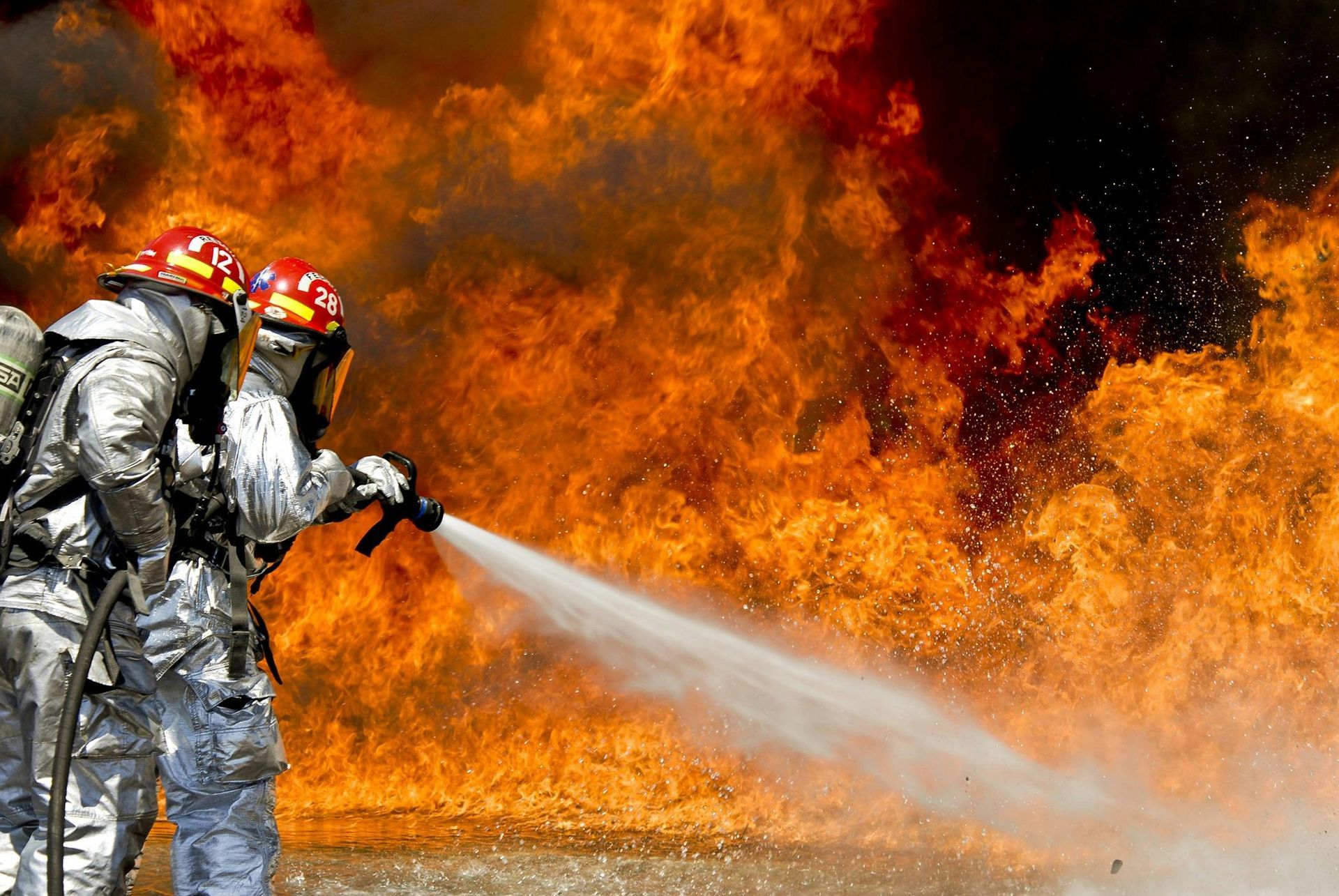
Connect & Communicate: Insights from Lenneage Consulting
Krislenn Fleming, | Project Management Strategist & Communication Specialist
Turning Chaos into Control—Before Everything Burns to the Ground

If you’ve ever walked into a project and immediately thought, “Oh no, this is a disaster,” congratulations! You’ve experienced a classic dumpster fire project.
It starts small—a missed deadline here, an unclear requirement there. Before you know it, everything is on fire, and you’re stuck playing firefighter instead of a project manager. The good news? It doesn’t have to be this way. The even better news? You can prevent future fires before they start.
The Hallmarks of a Dumpster Fire Project
- Scope Creep Gone Wild – New requests keep sneaking in, and suddenly, you’re delivering everything but the kitchen sink.
- Last-Minute Emergencies – Every task feels like a rush job, even though you’ve been working on this project for months.
- Lack of Clear Ownership – Everyone’s responsible, which means no one is actually accountable.
- Endless Meetings, Zero Progress – There’s plenty of talking, but nothing’s getting done.
- Reactive Leadership – Problems are addressed only when they explode, never before.
Sound familiar? Then you’re living the crisis-mode lifestyle, where projects are driven by panic rather than planning. Let’s fix that.
Step 1: Prevention is Better Than Firefighting
Crisis-driven project management is exhausting. The key to breaking out of this cycle? Shifting from reactive to proactive leadership.
- Set Clear Goals from Day One – If no one knows the actual objective, everyone’s just running in circles. Align stakeholders upfront on what success looks like.
- Define (and Defend) Your Scope – If it’s not in the project charter, it’s not happening—at least not without a structured change management process.
- Assign Clear Roles & Responsibilities – Ambiguity is the fuel of dumpster fires. Make sure everyone knows their job and is accountable for it.
- Create a Risk Plan Before You Need One – Identify potential risks early, assign owners to them, and have a mitigation plan ready.
Step 2: Putting Out the Flames
Already in crisis mode? Here’s how to stop the chaos and regain control.
- Pause the Panic – When everything is urgent, nothing is. Step back, assess what’s actually critical, and prioritize ruthlessly.
- Stop the Bleeding – Identify the biggest issues causing chaos and tackle them first. Sometimes, small process changes (like better meeting structures) can make an immediate impact.
- Communicate Like a Leader – In a crisis, silence fuels the fire. Keep your team and stakeholders informed on what’s happening, what’s being fixed, and what comes next.
- Reinforce Boundaries – If people are piling on more tasks mid-crisis, it’s time to push back and protect your team’s bandwidth.
Step 3: Future-Proofing Your Projects
Make Post-Mortems a Habit – Learn from the chaos. What went wrong? What early signs did you miss? What needs to change?
Improve Processes, Not Just People – Don’t just tell people to “do better next time.” Fix the systems and workflows that led to the breakdown.
Normalize Planning (Even When Things Are Going Well) – Don’t wait for disaster to strike before getting organized. The best time to implement proactive strategies is before you need them.
Final Thoughts: Be the Fire Marshall, Not the Firefighter
Managing in crisis mode isn’t just exhausting—it’s unsustainable. The best project managers don’t just put out fires; they prevent them from ever starting.
The next time you find yourself knee-deep in a dumpster fire project, ask yourself: “Am I firefighting, or am I future-proofing?” Then take a deep breath, grab a fire extinguisher (or better yet, a solid project plan), and turn that chaos into control.
Lenneage Consulting

